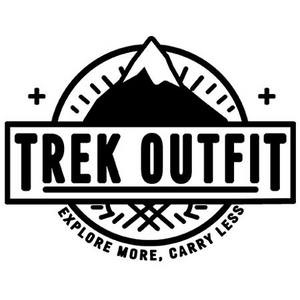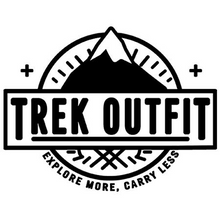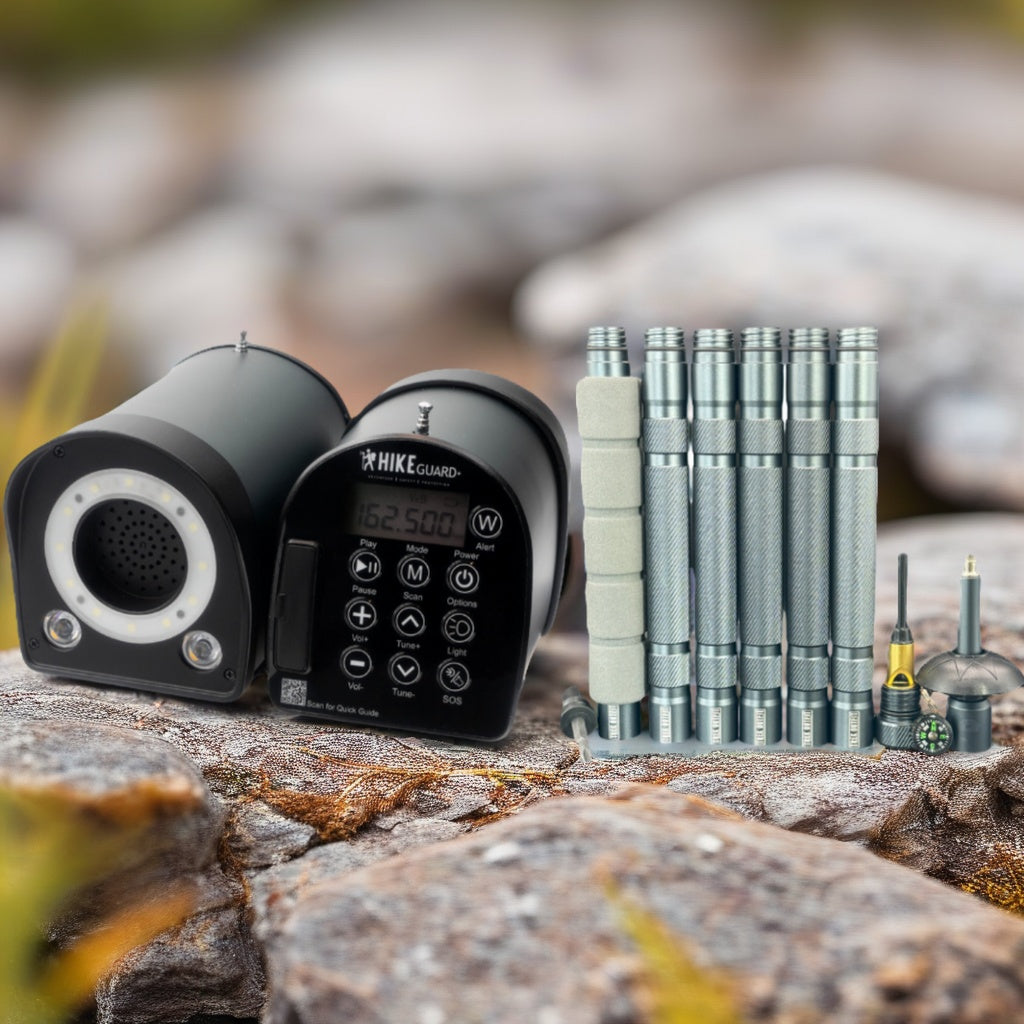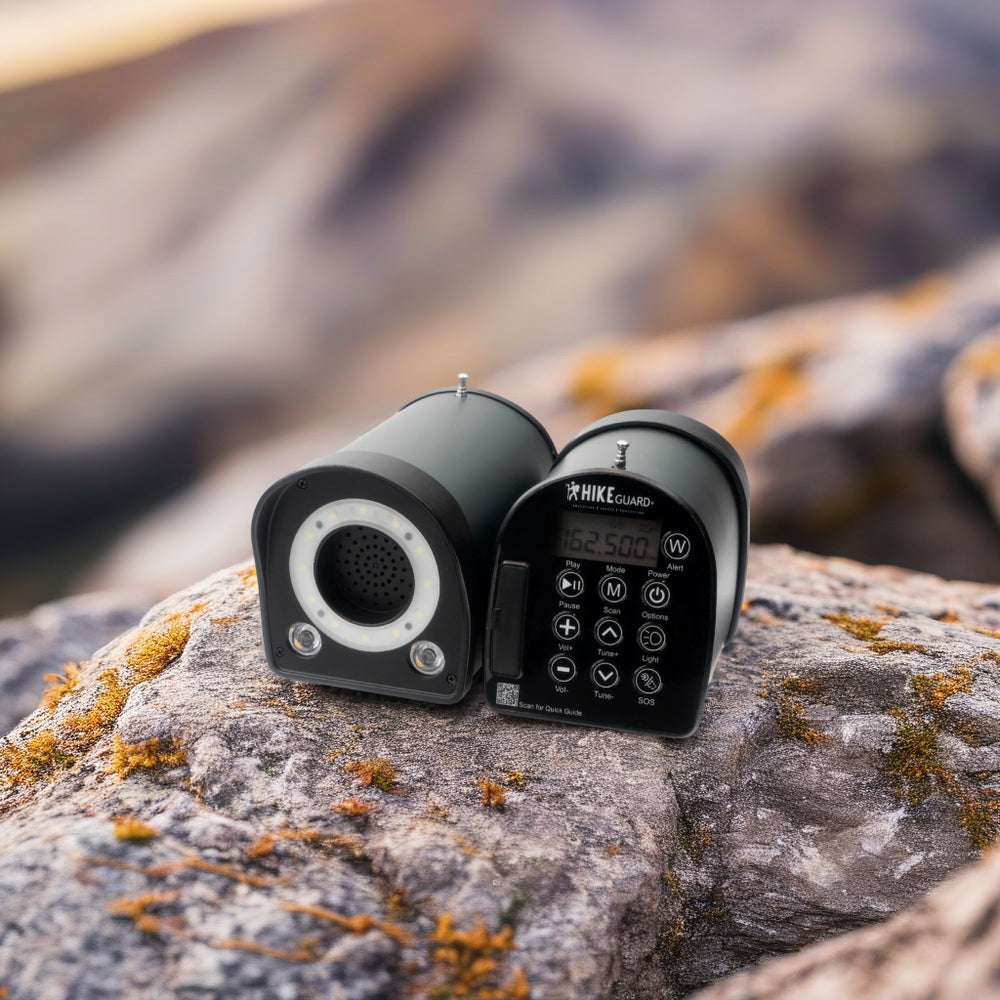Essential Navigation Skills for Outdoor Enthusiasts
Navigating the great outdoors can be both exhilarating and challenging. Whether you're hiking through dense forests, trekking across rugged mountains, or exploring new trails, having solid navigation skills is crucial. In this guide, we'll cover the essential navigation skills every outdoor enthusiast should master to ensure a safe and enjoyable adventure.
1. Understanding Topographic Maps
Topographic maps are invaluable tools for hikers and adventurers. These maps provide detailed information about the terrain, including elevation changes, water bodies, and vegetation. Here's how to get started:
- Reading Contour Lines: Contour lines represent elevation on a map. Closely spaced lines indicate steep terrain, while widely spaced lines suggest a gentler slope.
- Identifying Landmarks: Familiarize yourself with symbols representing various features such as rivers, lakes, trails, and roads.
- Calculating Distances: Use the map scale to estimate distances between points. This helps in planning your route and estimating travel time.
2. Mastering Compass Skills
A compass is an essential tool for navigation, especially when electronic devices fail. Here are key skills to develop:
- Understanding the Parts: Learn about the different parts of a compass, including the baseplate, needle, and rotating bezel.
- Taking a Bearing: Hold the compass level and point the direction of travel arrow at your destination. Rotate the bezel until the needle aligns with the orienting arrow. The degree reading at the bezel's index line is your bearing.
- Following a Bearing: To navigate using a bearing, keep the needle aligned with the orienting arrow while you walk. This ensures you stay on course.
3. Using GPS Devices
While traditional methods are essential, modern technology can enhance your navigation skills. GPS devices and smartphone apps provide real-time location data. Here are some tips:
- Choosing the Right Device: Select a GPS device or app suited for outdoor activities. Look for features such as offline maps, waypoints, and track recording.
- Setting Waypoints: Mark important locations such as trailheads, campsites, and water sources. This helps in tracking your progress and finding your way back.
- Interpreting GPS Data: Understand how to read coordinates, elevation, and distance to navigate effectively.
4. Combining Skills for Optimal Navigation
Effective navigation often involves combining multiple skills. For instance, use a map to plan your route, a compass to stay on course, and a GPS device to track your progress. Here are some scenarios:
- Route Planning: Use a topographic map to outline your route, identifying key landmarks and potential challenges.
- On the Trail: Keep your compass handy to ensure you're following the right bearing. Refer to your map periodically to confirm your location.
- Using GPS: Track your progress with a GPS device, noting any deviations from your planned route.
Recommended Gear from Trek Outfit
To enhance your navigation skills, consider investing in quality gear from Trek Outfit:
-
Trek Outfit Tactical Hiking Stick with Compass and Tools
- Price: $59.99
- Link: Tactical Hiking Stick
- Description: This multifunctional hiking stick includes a built-in compass and essential survival tools, perfect for any adventure.
-
Trek Outfit 360° Magic Arm & Super Clamp for Cameras
- Price: $19.99
- Link: 360° Magic Arm & Super Clamp
- Description: Capture stunning photos and videos of your journey with this versatile camera mount.
-
Trek Outfit Magnetic Waterproof Bike Phone Holder with 360° Rotation
- Price: $19.99
- Link: Magnetic Waterproof Bike Phone Holder
- Description: Keep your phone secure and easily accessible while navigating with this waterproof holder.
By mastering these navigation skills and equipping yourself with the right gear, you'll be well-prepared for any outdoor adventure. Happy trails!





Leave a comment